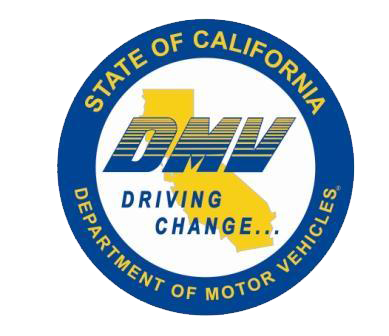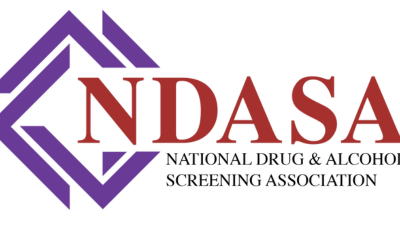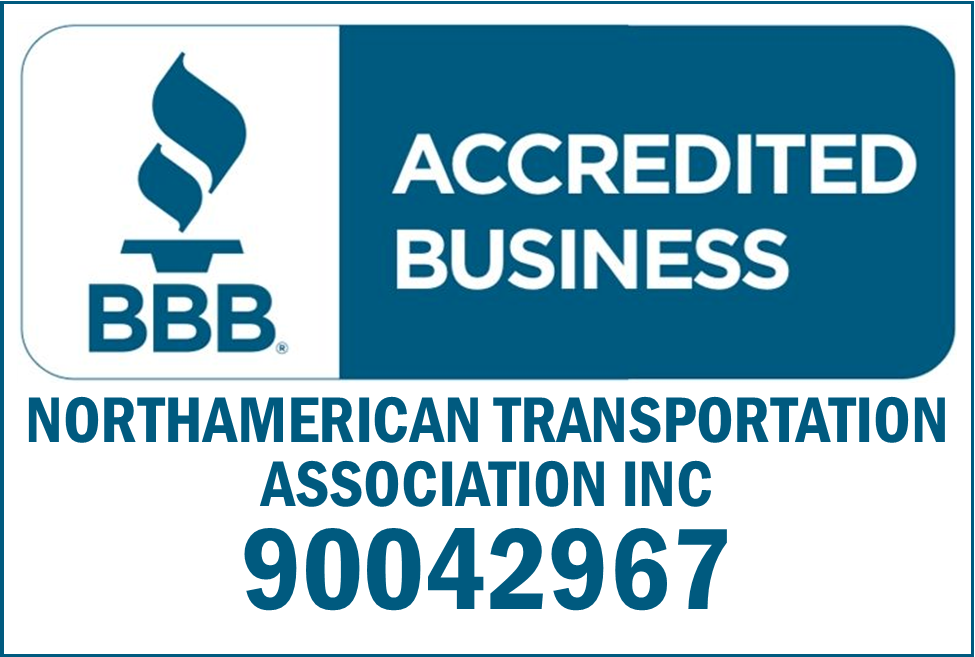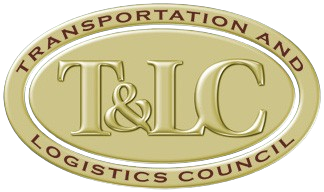Understanding Your CSA Safety Record
At the core of the Federal Motor Carrier Safety Administration's mission is the prevention of crashes and fatalities involving large vehicles like trucks and buses. The introduction of the CSA (Compliance, Safety, Accountability) program aims to identify carriers with the highest safety risks and assist them in rectifying their practices.
Utilizing a points-based system, CSA scores are assigned to every motor carrier, including owner-operators. These scores enhance accountability for both drivers and carriers, providing clear guidance on actions needed for safety improvement.
Depending on what is found during a roadside inspection, violations have a point value ranging from one to 10. At some point, if that number gets too high, the DOT [U.S. Department of Transportation] will do an intervention.
That intervention typically comes first in the form of a letter, but if multiple violations have occurred, it could prompt an in-person visit and compliance review.
What Do CSA Scores Mean?
Among the things factored into the scores are the number of safety violations, how severe those violations were, the date of the violations, the number of trucks or buses a carrier operates and the number of vehicle miles traveled.
That information is broken down into seven different categories called Behavior Analysis and Safety Improvement Categories, or BASICs. These categories are:
- Unsafe driving. Incidents of speeding, reckless driving, improper lane change, inattention and not wearing a seatbelt.
- Crash indicator. History of crash involvement.
- Hours of Service (HOS) compliance. Incidents of HOS non-compliance regulations, including logbook records.
- Vehicle maintenance: Includes brakes, lights, defects, and failure to make required repairs.
- Controlled substances and alcohol. Use or possession of controlled substances and alcohol.
- Hazardous materials compliance. Includes leaking containers and improper packaging and/or placarding.
- Driver fitness. Includes invalid licenses or being medically unfit to operate a commercial motor vehicle.
To collect this information, the FMCSA uses a tool called the Safety Measurement System (SMS) that identifies carriers with safety violations. While the SMS data can be found online, crash histories and hazardous materials compliance issues are not made available to the public. This is because the general public would not be able to see them in the context of all safety data.
How CSA Scoring Works
Points are assigned for each violation based on its severity, but there isn't a specific minimum point threshold that triggers FMCSA action.
Each fleet is compared with other fleets that have a similar number of crashes, inspections, and violations. Fleets are given a BASIC percentile rating that goes from 0 to 100, and their ranking will determine if their fleet is not meeting safety performance standards.
Various factors impact scores and the recency of violations can triple the points. Points from a violation remain on a fleet’s safety record for two years.
How to Check Your CSA Score
Checking your CSA score lets you know where you stand and gives you an idea of what areas need improvement. You can check your score by visiting the FMCSA site at www.safer.fmcsa.dot.gov and entering your DOT number and PIN on the SMS login page.
If you don’t have a PIN, you can request one from the U.S. Department of Transportation and receive it within four to seven days.
CSA and PSP: How They Work Together
Because a high CSA score depends on good drivers, it’s important to hire drivers with excellent safety records. Just as the FMCSA compiles CSA scores on companies, it maintains records on drivers through its Pre-Employment Screening Program, or PSP.
A PSP record includes the five-year crash and three-year roadside inspection history of a driver. Carriers and companies that are conducting pre-employment screening for commercial drivers can access these records at any time.
According to the DOT, using PSP to screen new hires has helped companies lower their crash rate by 8% and decrease their driver-out-of-service rates by 17% on average.
It’s not mandatory and it’s not free. The subscription fee starts at $25.00 annually for carriers that have less than 100 power units. The transaction fees range from $10.00 each for 1 -10 records and $8.75 each for 100+ records. You want to know what their driving history is. If they have a bad history, you’ll want to pass on them.
Why CSA Scores Are So Important
High CSA scores come with many downsides meaning more than the national average. For one thing, if your scores aren’t up to standards, the FMCSA is going to keep a much closer eye on your operations, and this could lead to corrective action. In extreme cases, it could even result in an Out-of-Service Order that keeps your company from operating.
Just as there are downsides to high scores, there are certain benefits to low scores. Customers who follow rankings will be more likely to want to do business with you, and you’ll have fewer DOT audits and roadside inspections. Recruiting top-quality drivers to join your ranks is easier when you have a great reputation. You also can enjoy lower insurance premiums based on your record.
Of course, most significantly, a good CSA score indicates that your company is operating safely and that drivers are following the rules. Every driver contributes to a culture of safety — and when everyone on the team works together to improve and maintain high CSA scores, the entire company wins.










